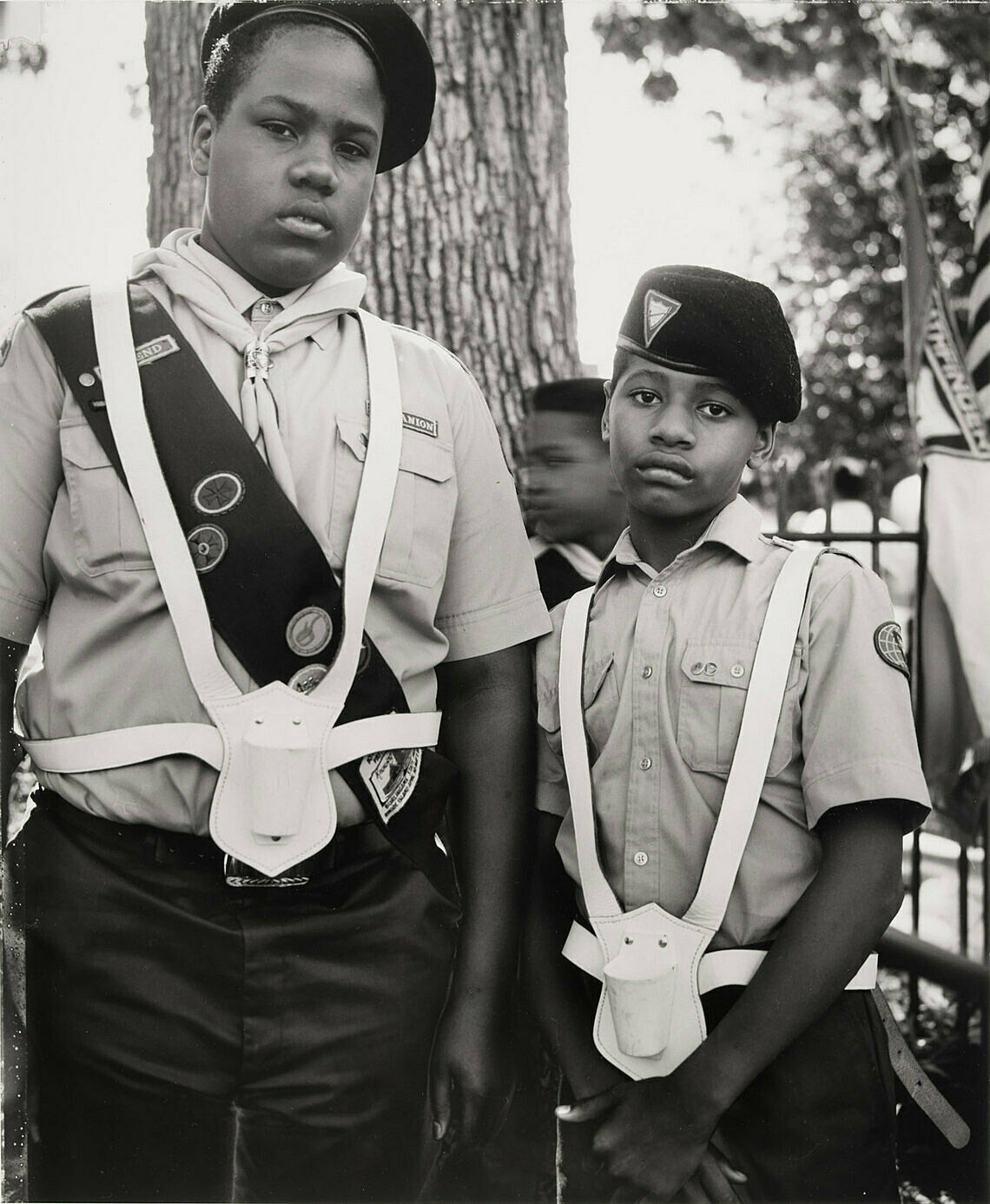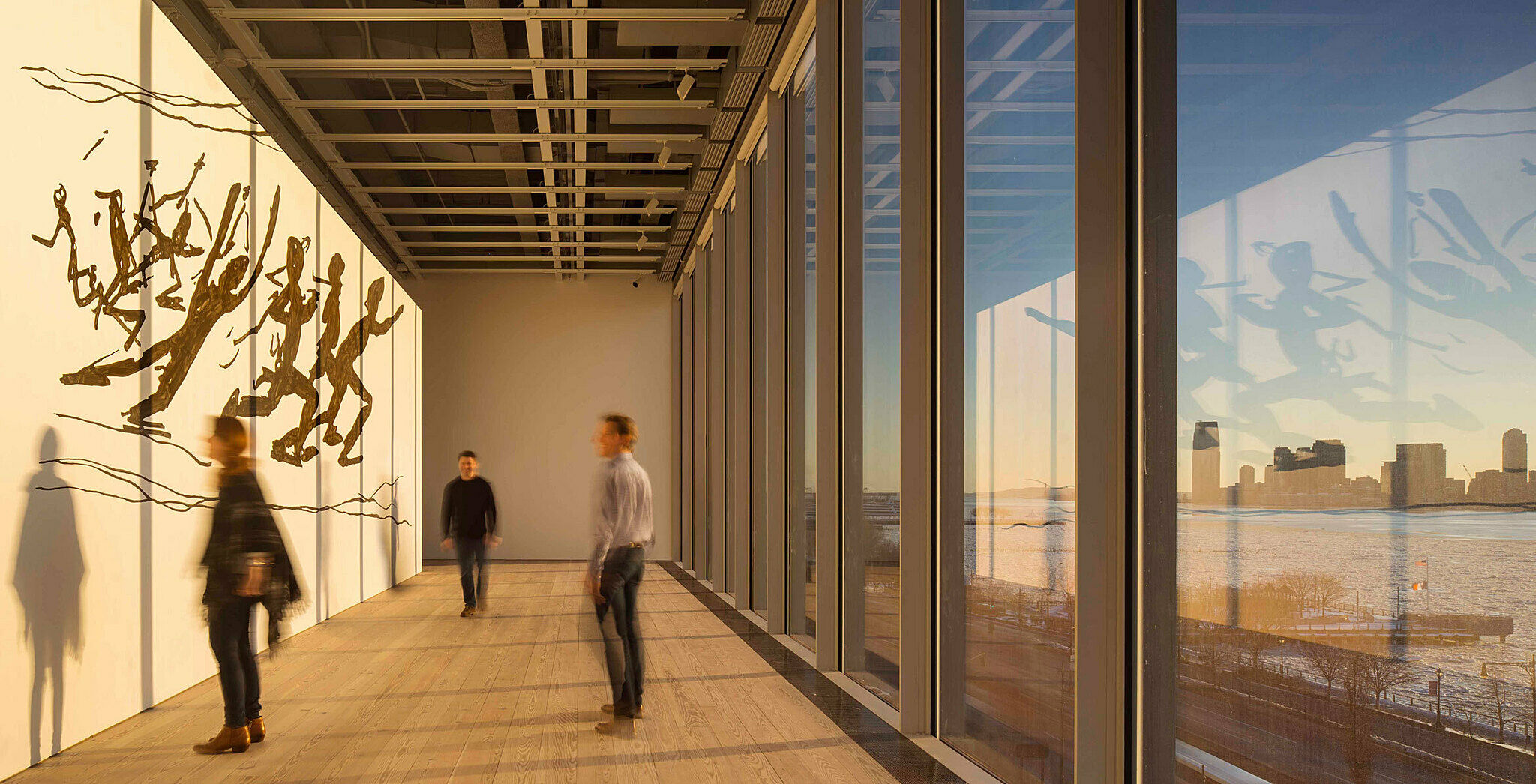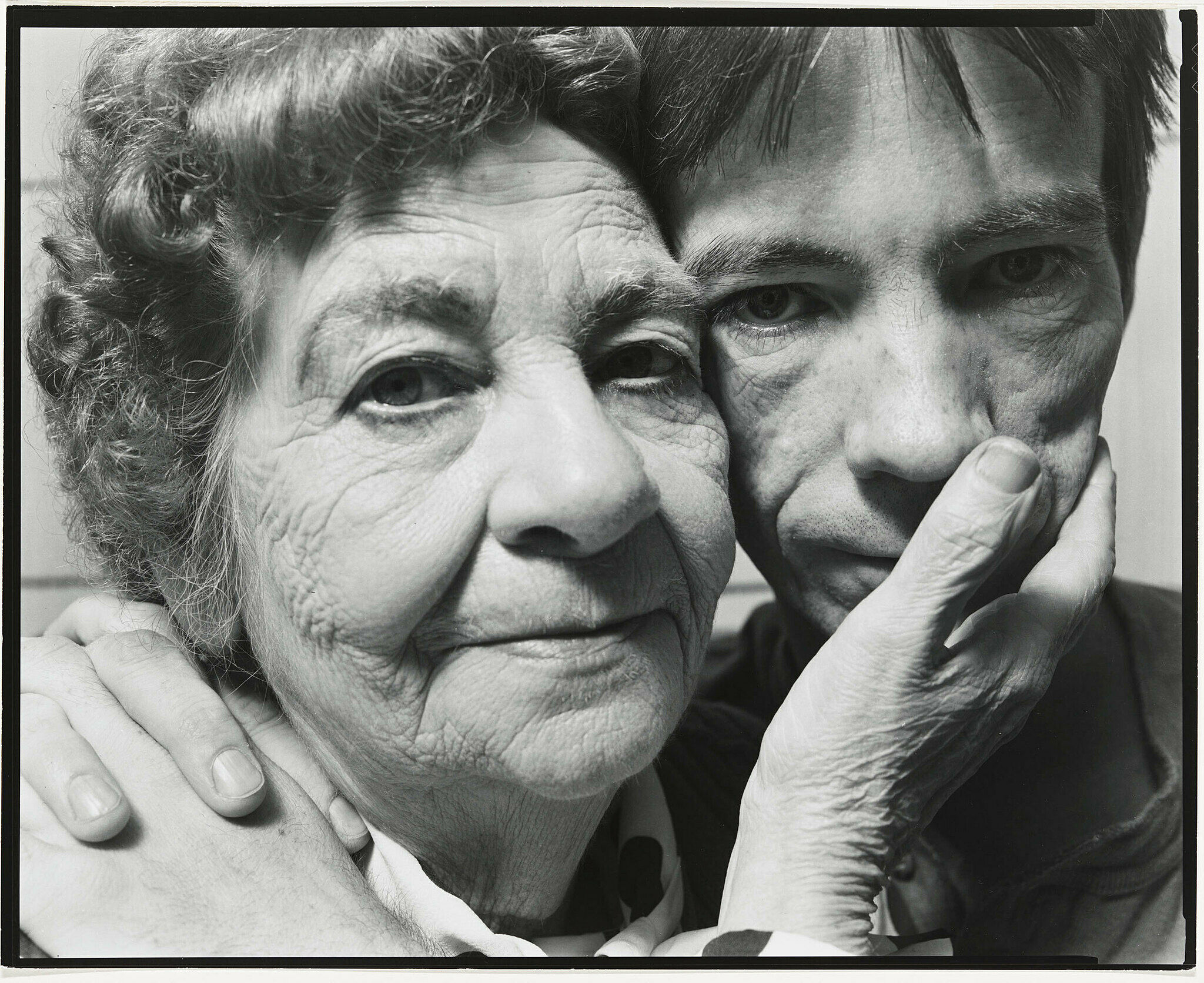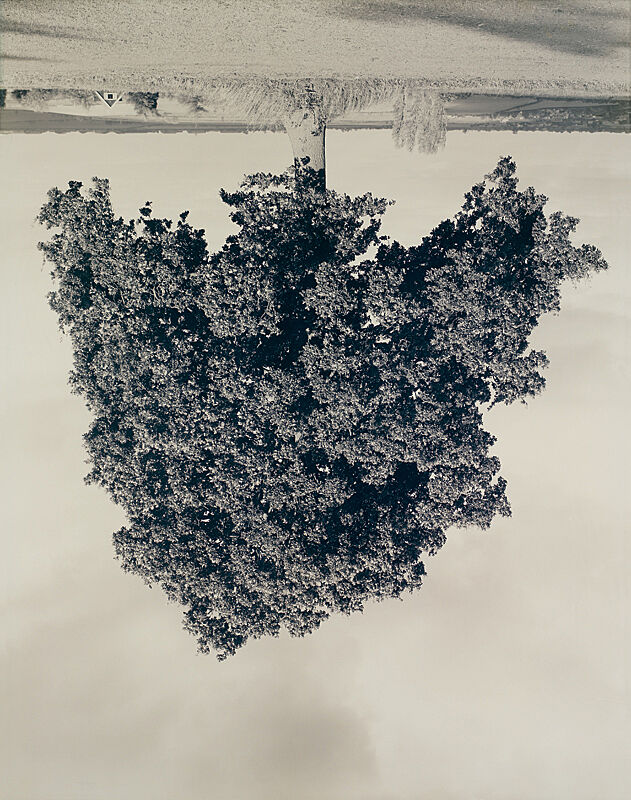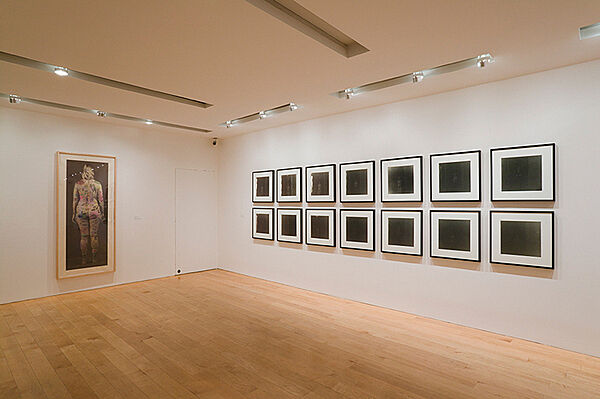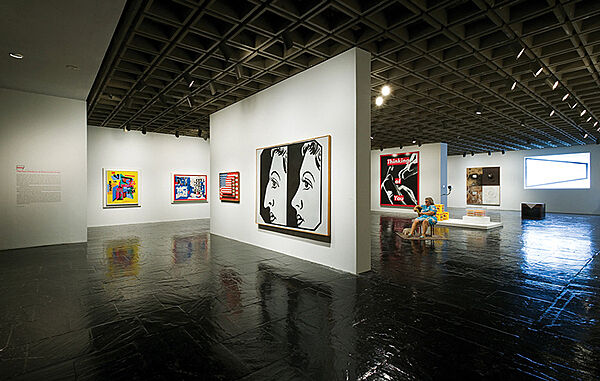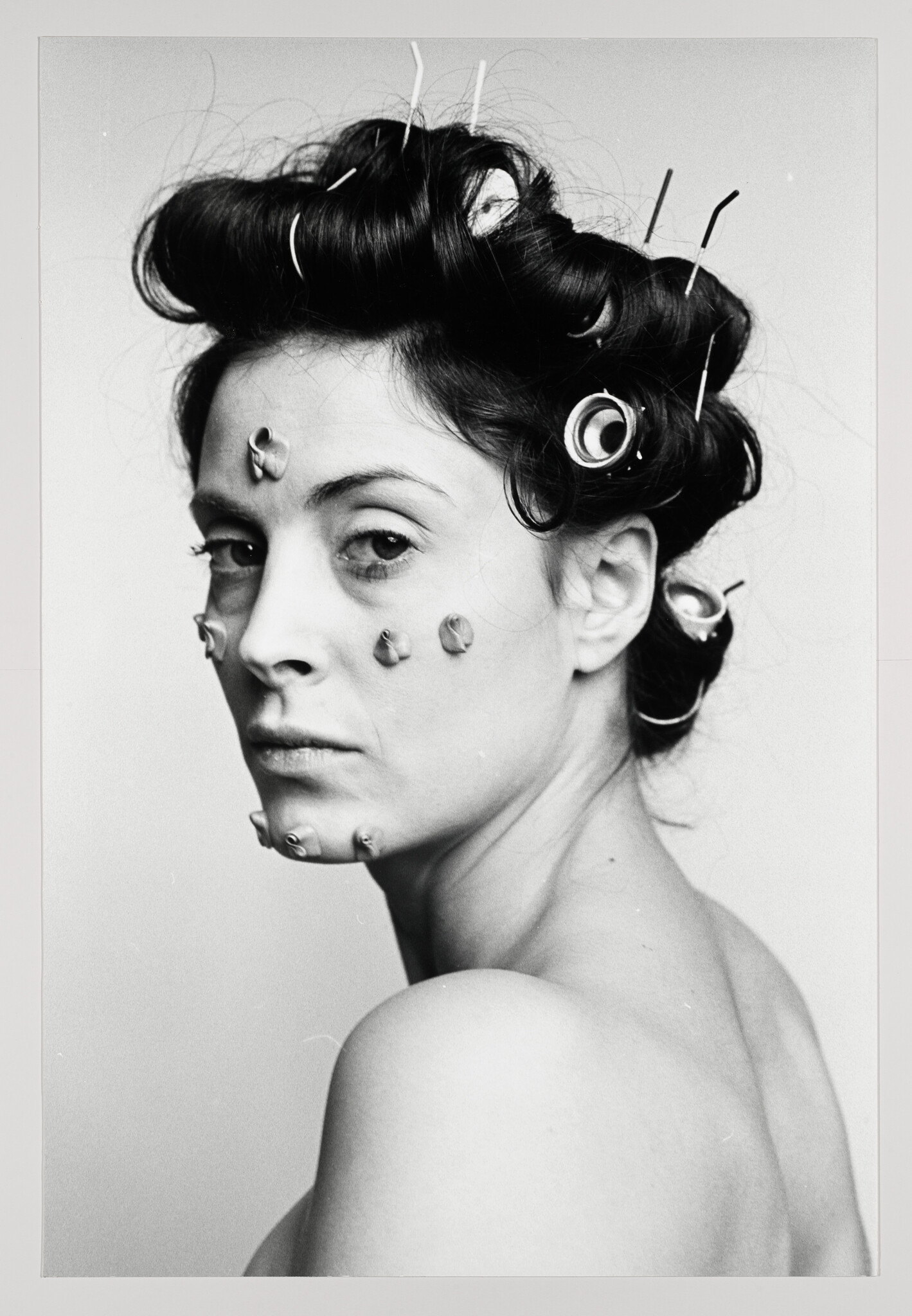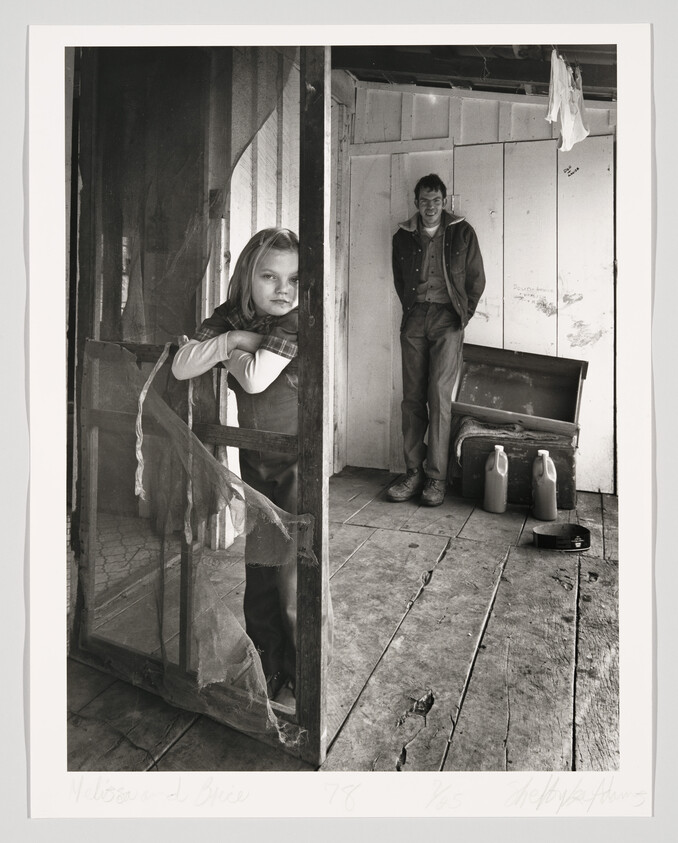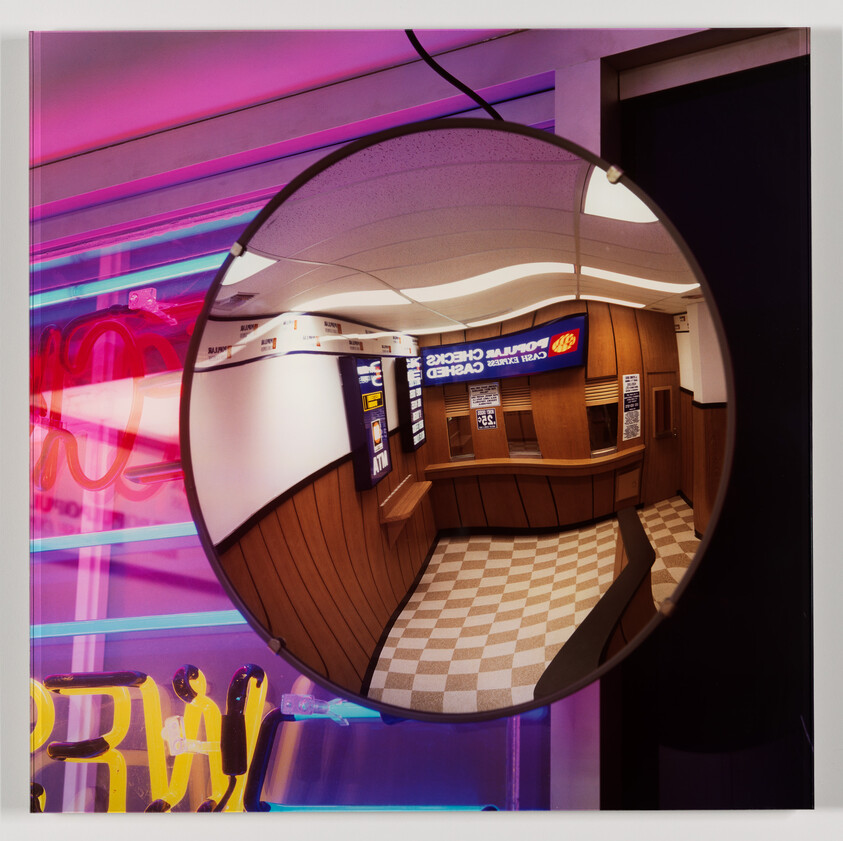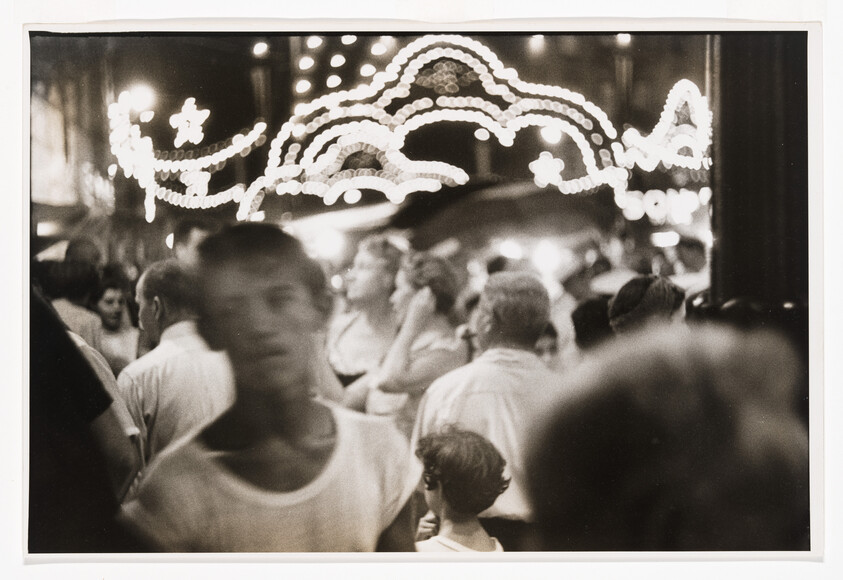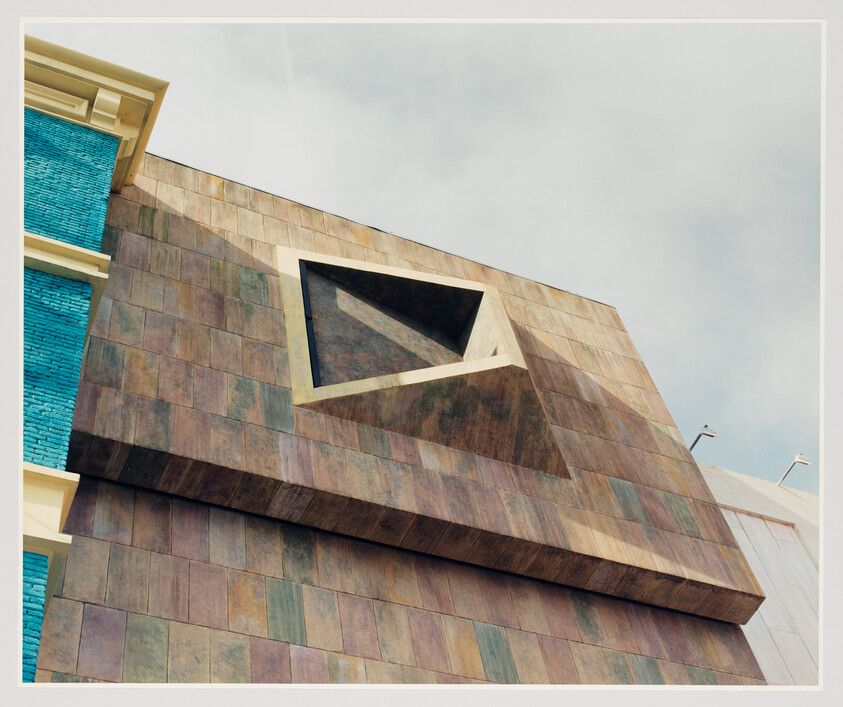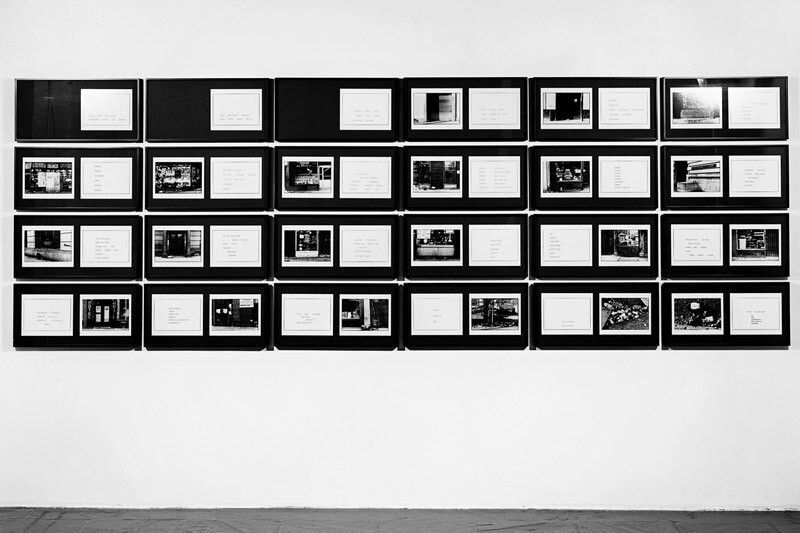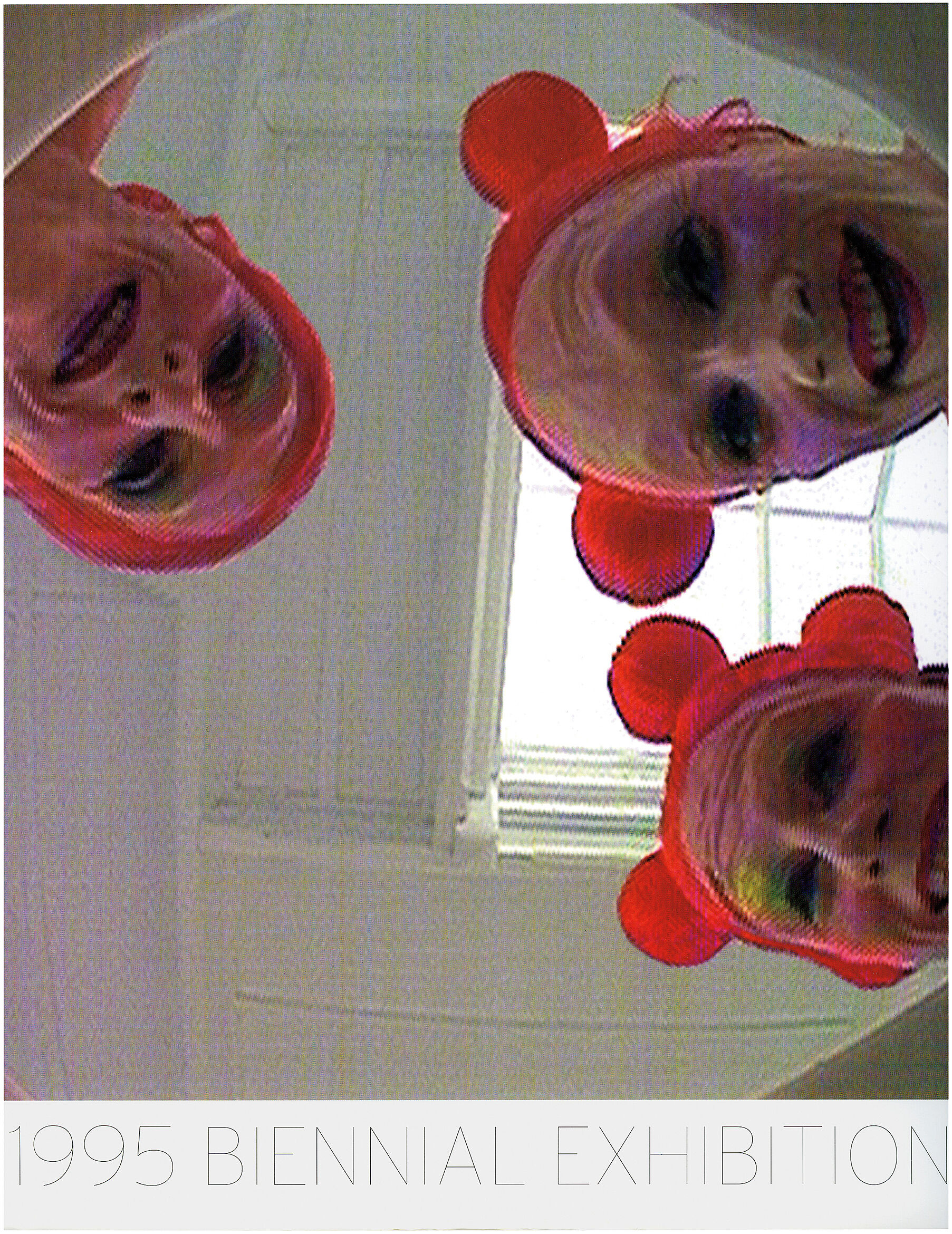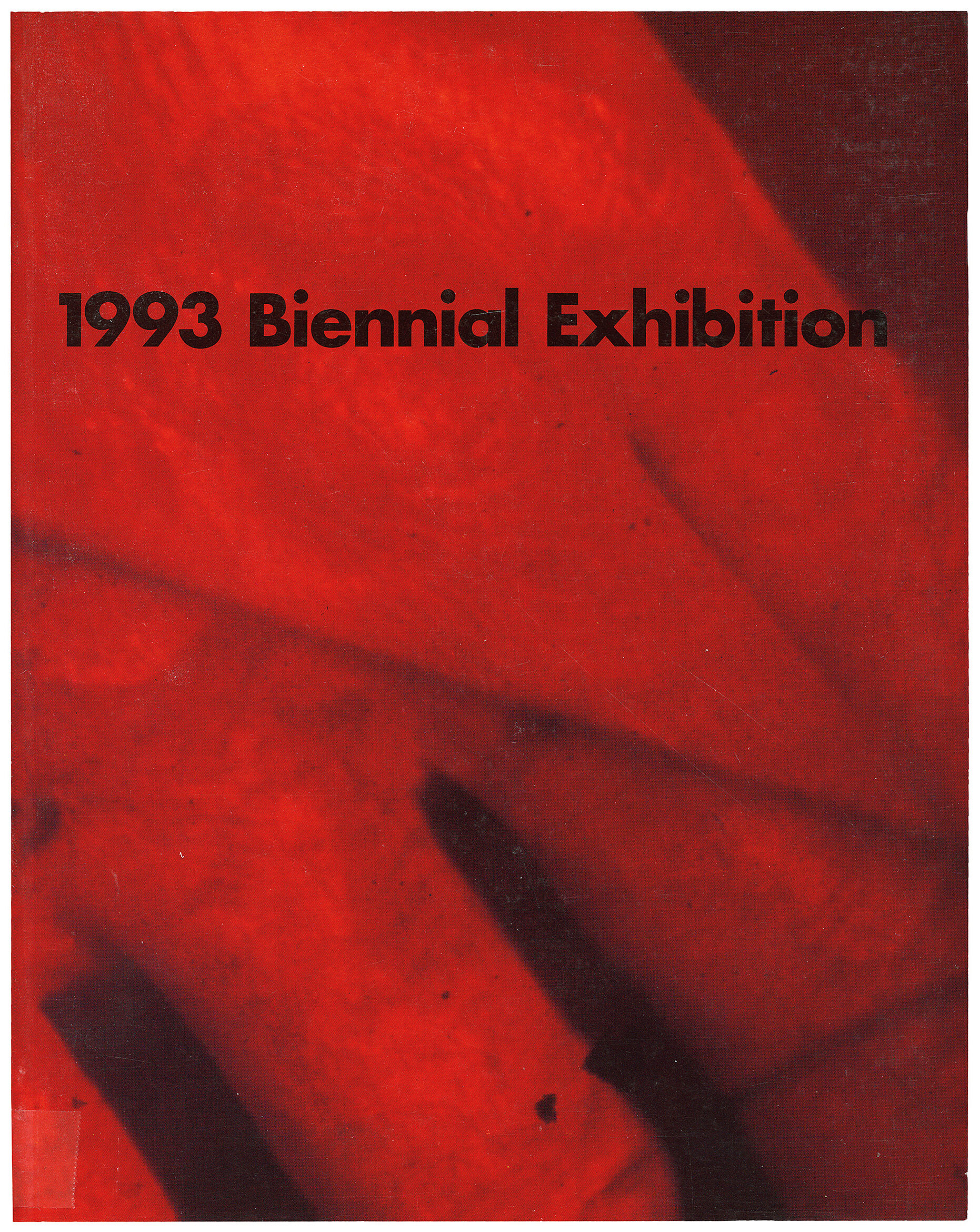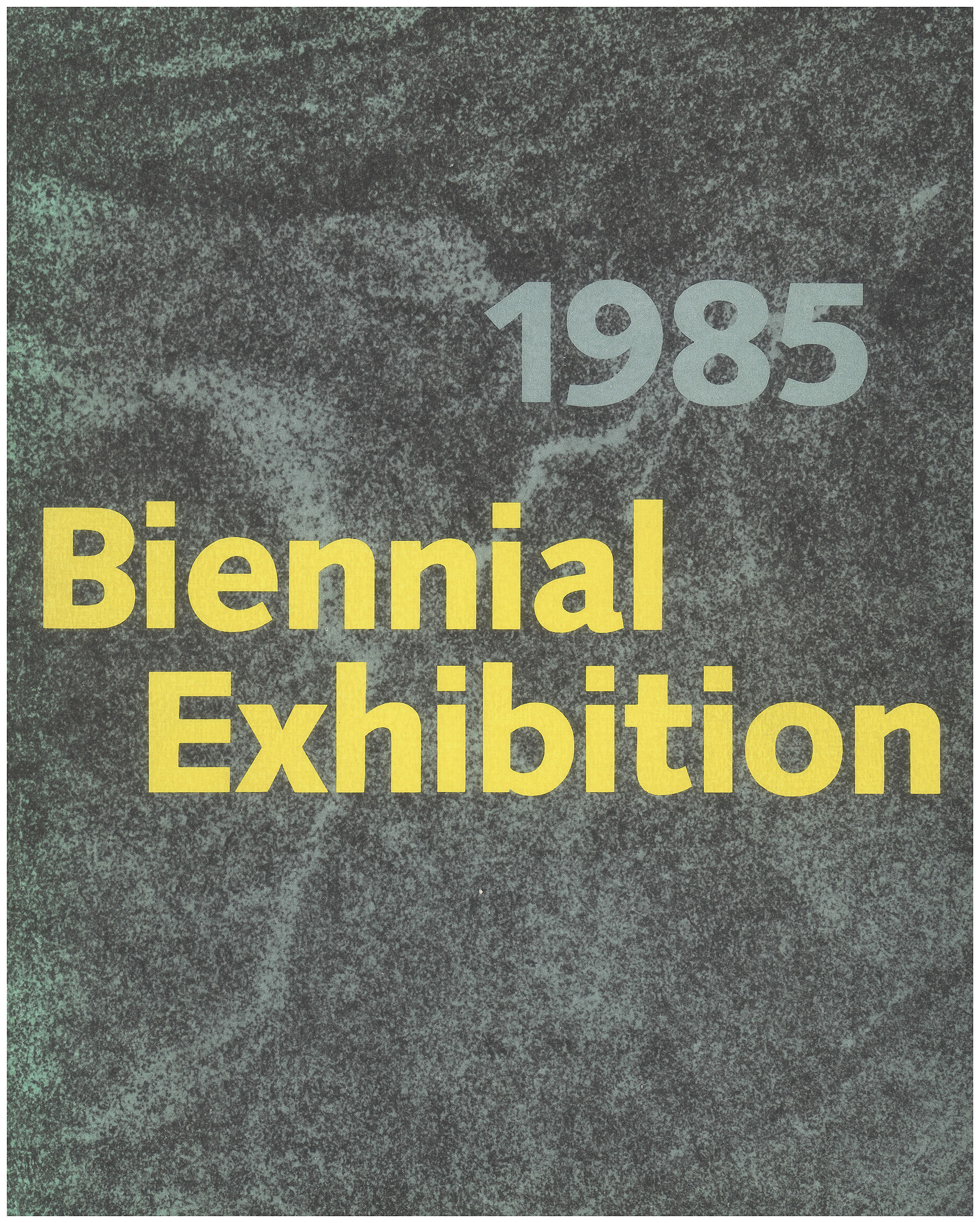Nan Goldin
1953–
In the late 1970s photographer Nan Goldin began to document her life, recording friends, lovers, relatives, and herself. The resulting color snapshots capture moments of tenderness, pleasure, and intimacy, but these works also chronicle the harsh effects of drug use, squalid living conditions, and the physical traces of abuse. Unlike documentary photographers, who observe communities from an outsider’s position, Goldin is deeply entwined with her subjects: “This is my party,” she has explained. “This is my family, my history.”
Goldin first presented the accumulating photographs as live slide- show performances in downtown New York bars, clubs, and alternative art spaces. Loading her slides into the projector carousel, she conflated public with private by displaying what she called “the diary I let people read.” In 1981 she named the still-evolving project The Ballad of Sexual Dependency (after the song from Kurt Weill and Bertolt Brecht’s Threepenny Opera) and arranged the slides into loose categorical groupings—women looking into mirrors, people at clubs, empty interiors. She timed the progression to a soundtrack of pop songs, reggae music, blues, and operatic arias, each underscoring various emotional states that emerge as the narrative opens up to issues of gender, sexuality, and love. Goldin completed the Ballad in the mid-1990s, explaining that “stories can be rewritten, memory can’t. If each picture is a story, then the accumulation of these pictures comes closer to the experience of memory, a story without end.” A deeply personal work, Goldin’s Ballad nonetheless strikes a universal chord as it demonstrates the human need for connection.
Introduction
Nancy Goldin (born 1953) is an American photographer and activist. Her work explores in snapshot-style the emotions of the individual, in intimate relationships, and the bohemian LGBT subcultural communities, especially dealing with the devastating HIV/AIDS crisis of the 1980s. Her most notable work is The Ballad of Sexual Dependency. In the slideshow and monograph (1986) Goldin portrayed her chosen "family", meanwhile documenting the post-punk and gay subcultures. She is a founding member of the advocacy group P.A.I.N. (Prescription Addiction Intervention Now) against the opioid epidemic. She lives and works in New York City.
Wikidata identifier
Q234279
Information from Wikipedia, made available under the Creative Commons Attribution-ShareAlike License . Accessed January 2, 2026.
Introduction
Goldin is well known for her intimate depictions of the transgender subculture, as well as her images of friends dying of AIDS. The Whitney Museum retrospective of her work in 1996 entitled "The Ballad of Sexual Dependency" was influential.
Country of birth
United States
Roles
Artist, photographer
ULAN identifier
500105338
Names
Nan Goldin
Information from the Getty Research Institute's Union List of Artist Names ® (ULAN), made available under the ODC Attribution License. Accessed January 2, 2026.

